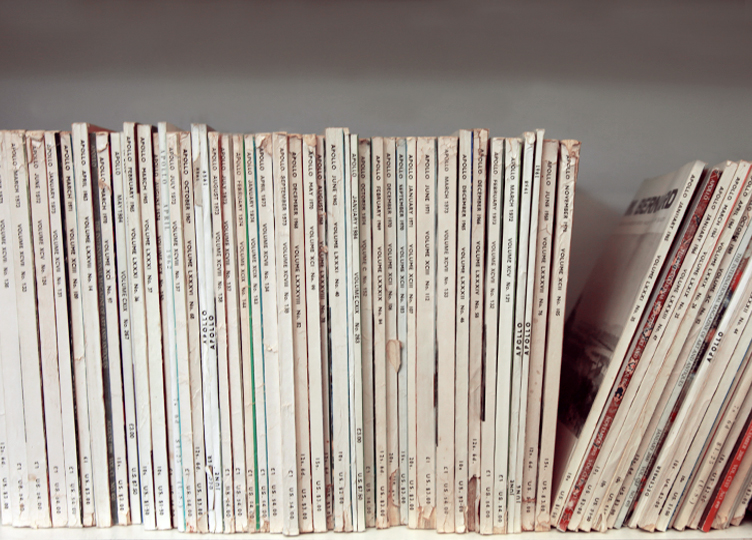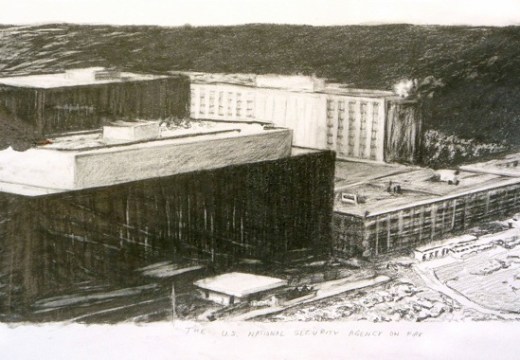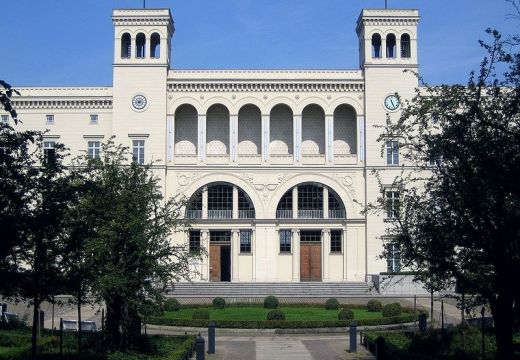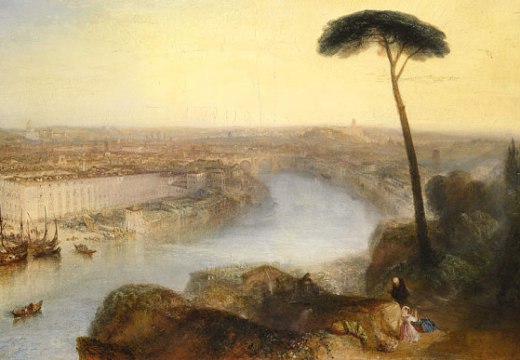Seventy years ago, a remarkable collection of some 80,000 books and photographs was conferred into the care of the University of London by deed of trust. Only two pages long, the document acknowledged the collection’s ‘worldwide reputation in its special field of culture and research’ and committed the university to maintain and preserve the gift in perpetuity while housing and keeping it ‘adequately equipped and staffed as an independent unit.’ The beneficiary also agreed to be advised by a committee of management consisting of ‘persons of goodwill whose interests lie in the direction of the fields of study and research’ to which the library is dedicated.
The library in question is the Warburg Institute which, since passing into the University of London’s custodianship, has grown to hold more than 350,000 books and continues to enjoy global esteem as a centre of cultural research. There are now concerns this may not remain the case. In the High Court in London last June, the university initiated proceedings seeking clarification of what the trust under which the institute has hitherto operated comprises, the nature of the university’s obligations as trustee, and whether its conduct – including that in relation to the institute’s finances and funding – is and has been in accordance with the provisions of the original deed.
Both parties have been extremely reluctant to speak publicly about the nature of their concerns, but it is clear that for some time all has not been well between the university authorities and the Warburg Institute. Those unfamiliar with the latter may not appreciate its singular character, a reflection of the man after whom it was named and who was responsible for assembling the original collection. Scion of a wealthy German-Jewish banking family, Aby Warburg began as a student of Renaissance painting but soon forsook the narrow path of art history to investigate a broader field of research looking at the interaction between diverse cultural fields. Even before it became accessible to the public – first in Hamburg in 1926, then in London after 1933 – the material he collected was arranged not in the traditional manner of libraries but according to his notion of how creativity could be aided by books of complementary interest being placed in proximity to each other. It is this arrangement which helps give the Warburg Institute its distinct character, as was noted in an editorial carried in the October 1970 issue of Apollo. The unnamed author of the piece commented that the Warburg Institute offered ‘an opening into a world of universal scholarship, even though introduction to so many different aspects of knowledge simultaneously could prove almost too intoxicating.’ Furthermore, the system by which the books were organised made it ‘incumbent upon the student to grasp the processes which had induced artists to adopt certain images and to place the work in its intellectual and spiritual context.’ Saxl, Panofsky, Gombrich, Wittkower: these are just a few of the better-known art historians who have embraced the Warburgian methodology.
Many admirers of the institute have expressed anxiety that legal proceedings could ultimately lead to a change in how its books are organised and even to their removal from open access, thereby depriving students of the opportunity to enter that ‘world of universal scholarship’ which so captivated Apollo’s writer. Having to request an item, as opposed to finding it – along with neighbours on adjacent shelves – fundamentally alters library usage: you need to know in advance precisely what you want. The commercial equivalent of a library is an old-fashioned bookshop in which customers browse and, having perhaps intended to buy one work, discover others of complementary interest. Online shopping makes such browsing almost impossible; no matter how sophisticated Amazon’s algorithms, they can only propose books based on your previous purchases. The same is true if a library does not have its holdings on open access. The happy peculiarity of the Warburg Institute’s system, however, means visitors may stumble upon material they would most likely not otherwise have encountered, thereby broadening and enhancing their sphere of knowledge.
The Apollo editorial opened with the following observation: ‘The fear that the history of art might become too specialised is hardly likely to materialise as long as there exist writers who are interested in the problem of an artist’s sources, in the social and political background to his productions and in the complex and intriguing question of the connexions between the arts.’ To date many writers of this sort have been able to explore and expand their interests thanks to the Warburg Institute. Changes to the organisation run the risk of inadvertently fostering the narrow specialisation over which Apollo expressed concerns in 1970.
Click here to buy the September issue of Apollo
Unlimited access from just $16 every 3 months
Subscribe to get unlimited and exclusive access to the top art stories, interviews and exhibition reviews.














![Masterpiece [Re]discovery 2022. Photo: Ben Fisher Photography, courtesy of Masterpiece London](http://www.apollo-magazine.com/wp-content/uploads/2022/07/MPL2022_4263.jpg)
Has the Fitzwilliam lost the hang of things?